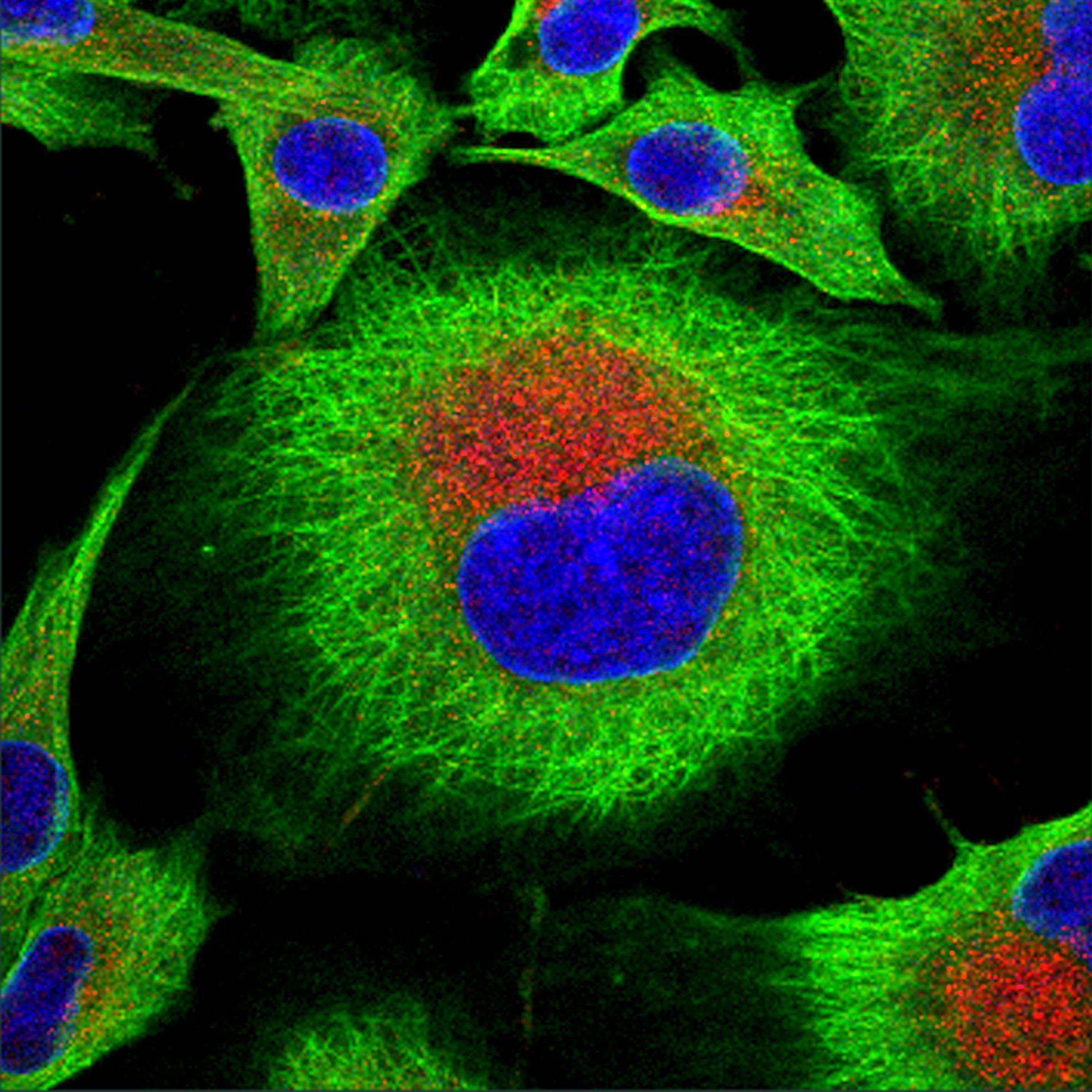Detection of pathogen exposure in African buffalo using non-specific markers of inflammation
Detecting exposure to new or emerging pathogens is a critical challenge to protecting human, domestic animal and wildlife health. Yet current techniques to detect infections typically target known pathogens of humans or economically important animals. In the face of the current surge in infectious disease emergence, non-specific disease surveillance tools are urgently needed. Tracking common host immune responses indicative of recent infection may have potential as a non-specific diagnostic approach for disease surveillance. The challenge to immunologists is to identify the most promising markers, which ideally should be highly conserved across pathogens and host species, become upregulated rapidly and consistently in response to pathogen invasion, and remain elevated beyond clearance of infection. This study combined an infection experiment and a longitudinal observational study to evaluate the utility of non-specific markers of inflammation (NSMI; two acute phase proteins (haptoglobin and serum amyloid A), two pro-inflammatory cytokines (IFNγ and TNF-α)) as indicators of pathogen exposure in a wild mammalian species, African buffalo (Syncerus caffer). Specifically, in the experimental study we asked (1) How quickly do buffalo mount NSMI responses upon challenge with an endemic pathogen, foot-and-mouth disease virus; (2) for how long do NSMI remain elevated after viral clearance and; (3) how pronounced is the difference between peak NSMI concentration and baseline NSMI concentration? In the longitudinal study, we asked (4) Are elevated NSMI associated with recent exposure to a suite of bacterial and viral respiratory pathogens in a wild population? Among the four NSMI that we tested, haptoglobin showed the strongest potential as a surveillance marker in African buffalo: Concentrations quickly and consistently reached high levels in response to experimental infection, remaining elevated for almost a month. Moreover, elevated haptoglobin was indicative of recent exposure to two respiratory pathogens assessed in the longitudinal study. We hope this work motivates studies investigating suites of non-specific markers of inflammation as indicators for pathogen exposure in a broader range of both pathogen and host species, potentially transforming how we track disease burden in natural populations.

